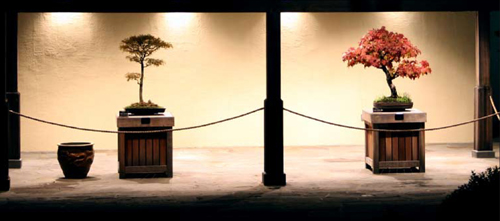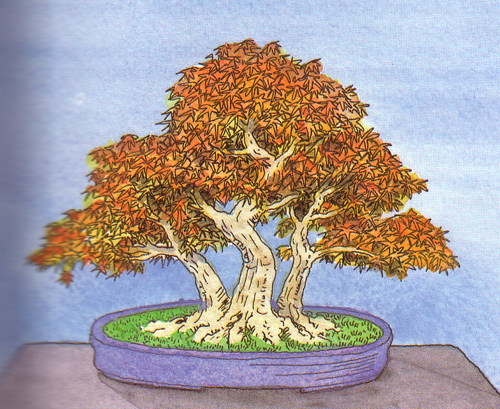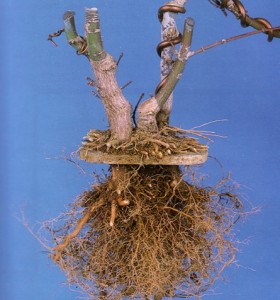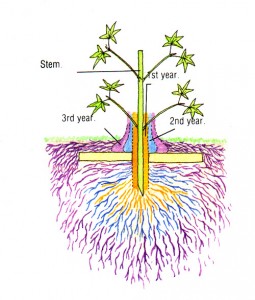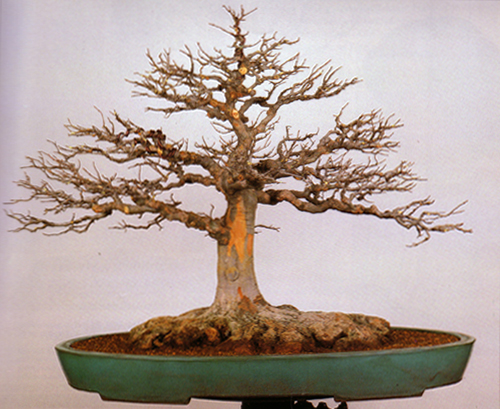
This rather nice looking Trident maple (Acer buergerianum) is sporting a monstrous nebari. Does it look a bit like a clown’s oversized shoes? Or does it suit your fancy just as it is? The original appears in Bonsai Today issue 70 in an article titled “Transplanting to increase the feeling of age,” by Kazunori Kamiya.
Continue reading In Search of the Perfect Nebari – part three
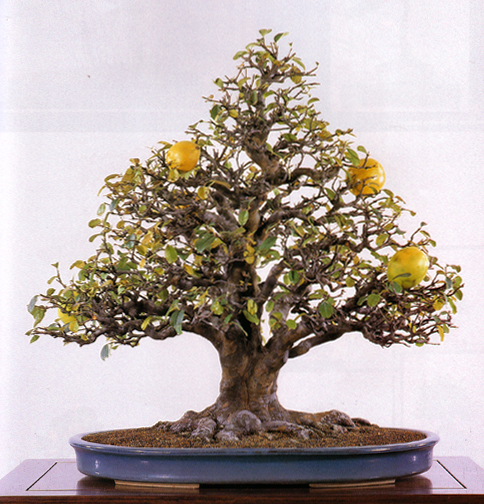
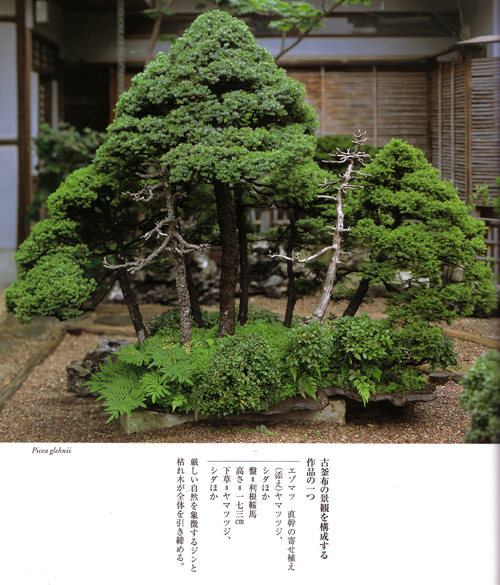 Ezo spruce (Picea glehnii) was Saburo Kato’s favorite tree. This one is from an untranslated Japanese book on Mr. Kato’s bonsai that his son
Ezo spruce (Picea glehnii) was Saburo Kato’s favorite tree. This one is from an untranslated Japanese book on Mr. Kato’s bonsai that his son 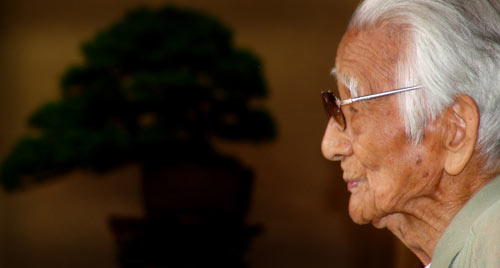 This photo of Saburo Kato was taken by
This photo of Saburo Kato was taken by  Sinuous root style Rockspray Cotoneaster (Cotoneaster horizontalis) in splendid fall color, by Bill Valavanis of
Sinuous root style Rockspray Cotoneaster (Cotoneaster horizontalis) in splendid fall color, by Bill Valavanis of 